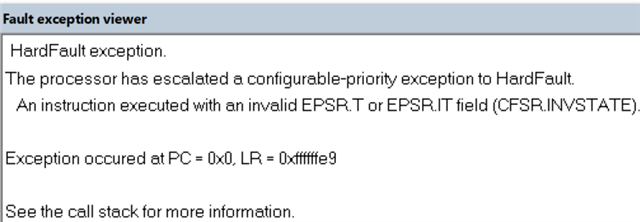Hi,
I am using nrf5280 development kit and 17.1.0 sdk.
i am working on ble_app_uart example code.
Its working fine no issue. Since the start address of the application is 0x27000 and i want to change it on to some other location as per my requirement which id 0xE8000.
But when i changed the starting address then its not working. Looks like control not reaches to that location.
or
mbr not able to jump that location which i changed.
can someone help me here. what exactly i am missing here.?
Regards
R_S



